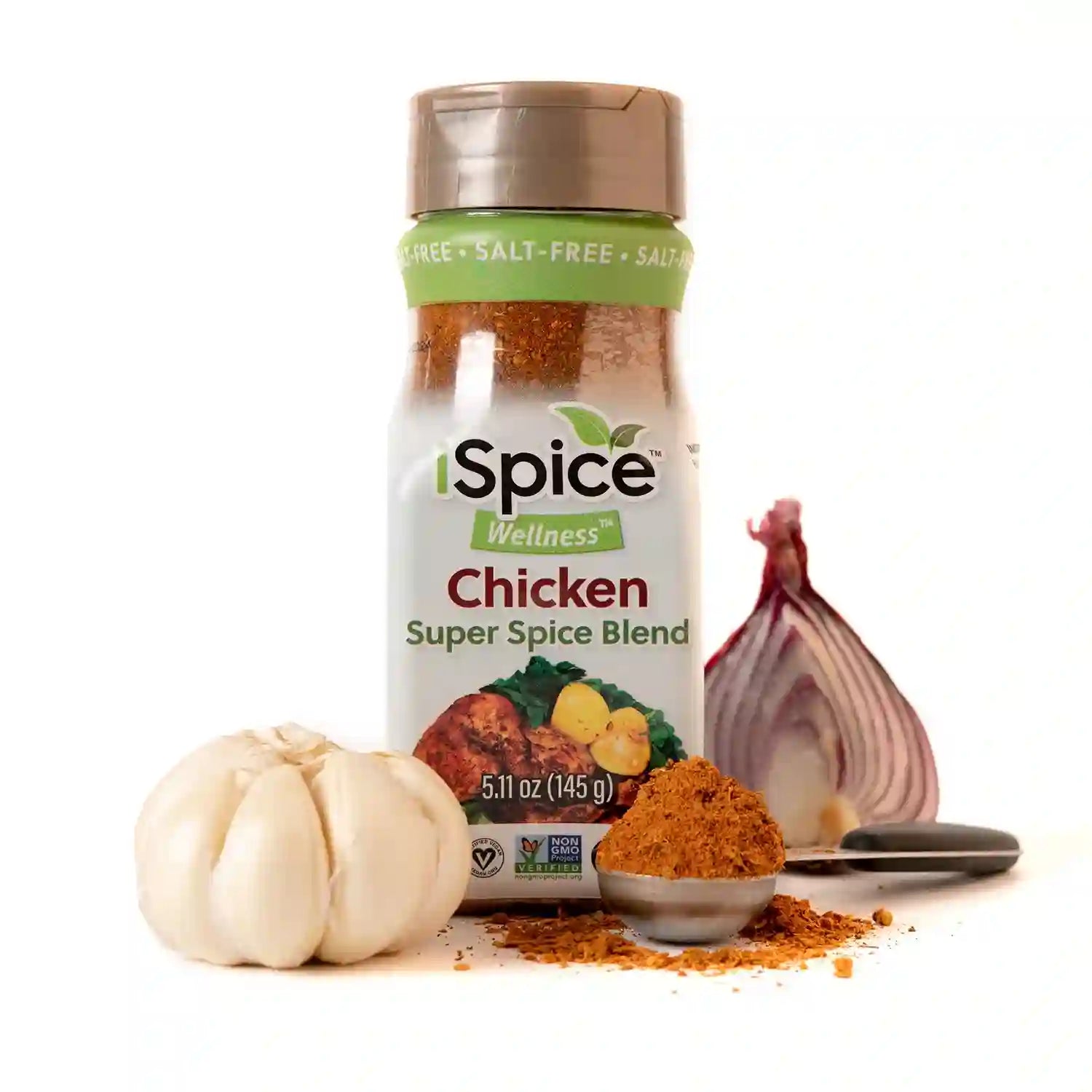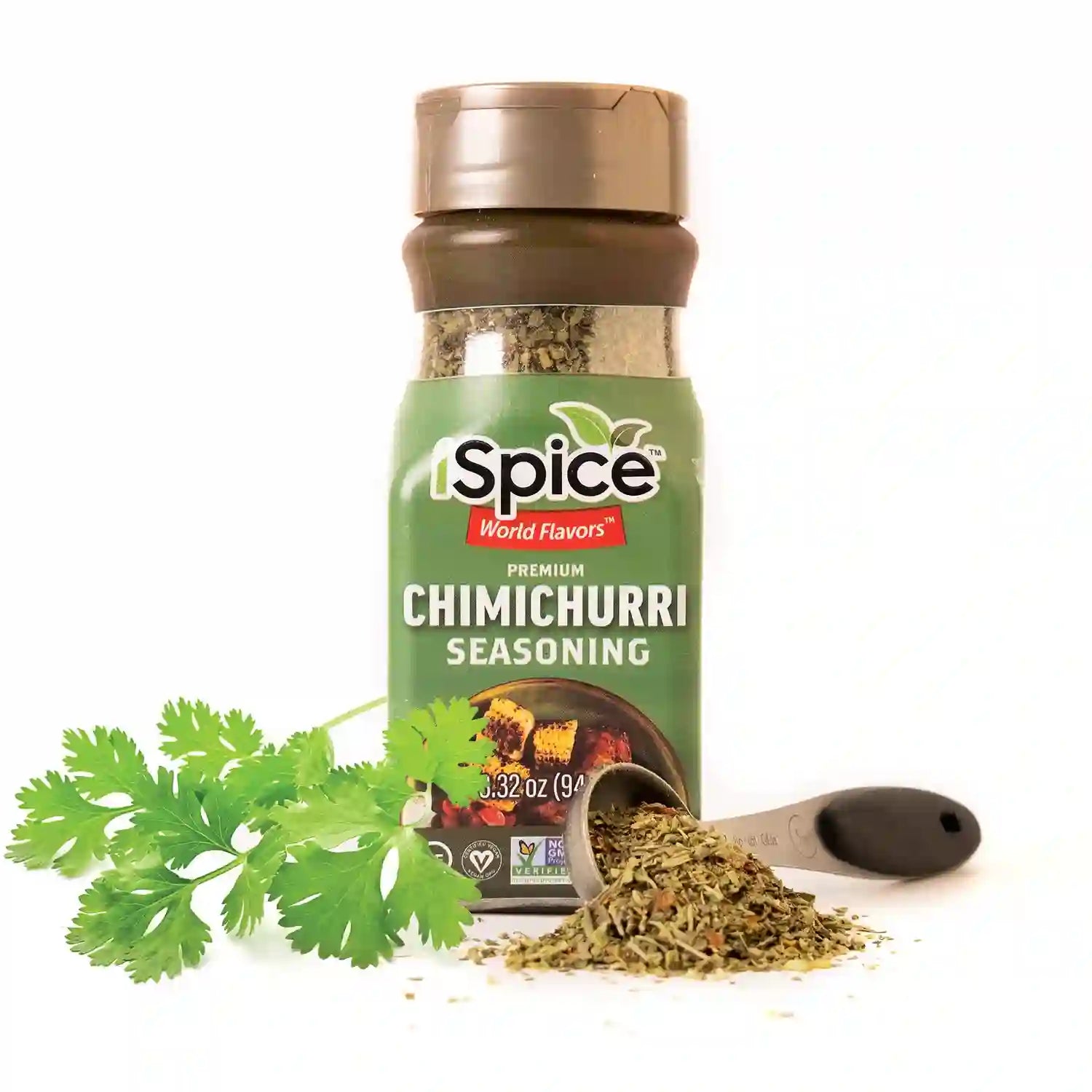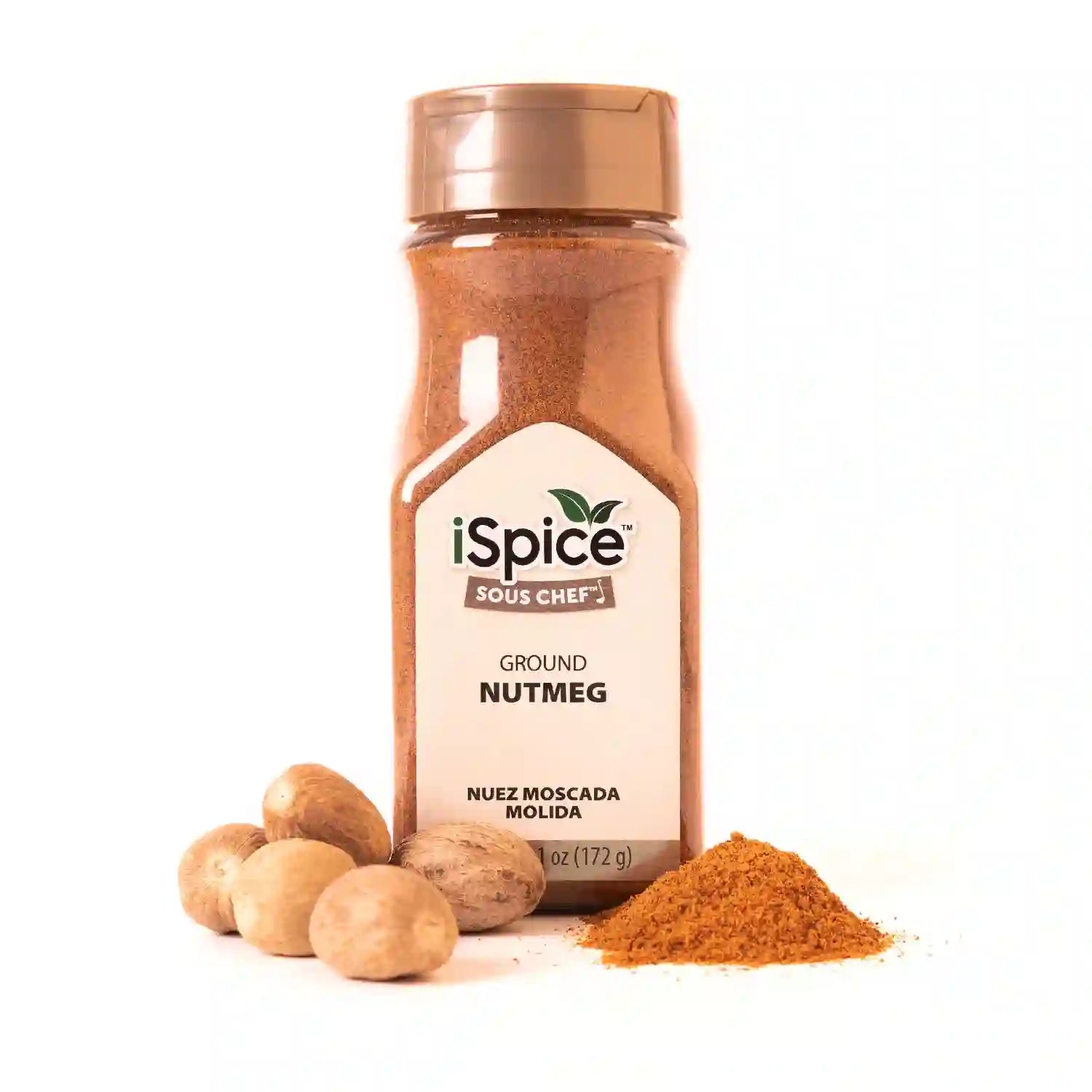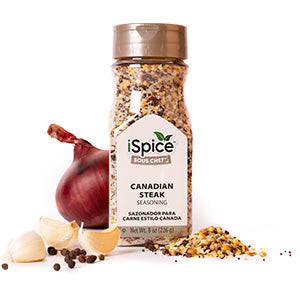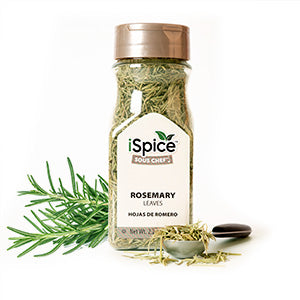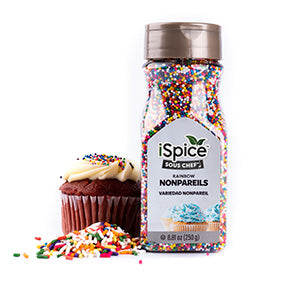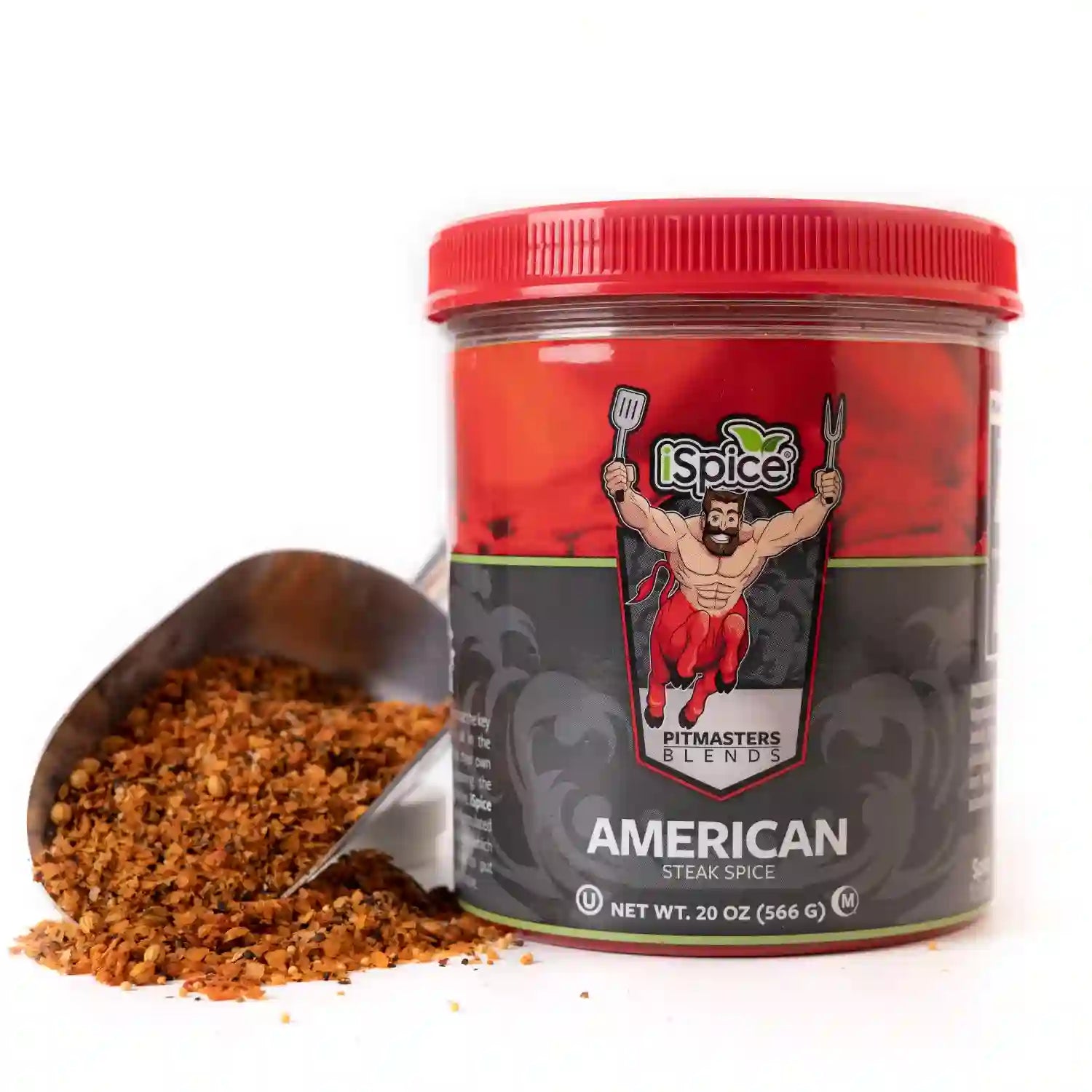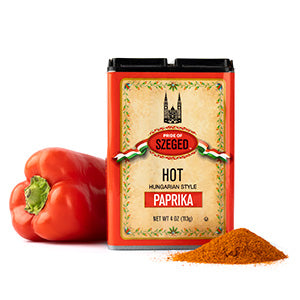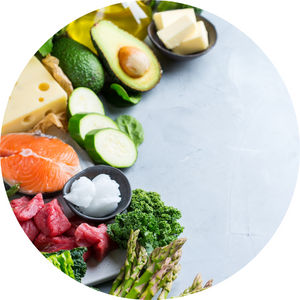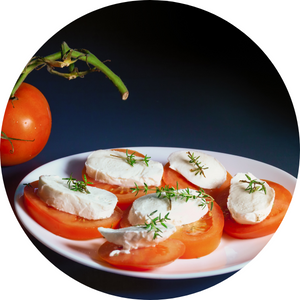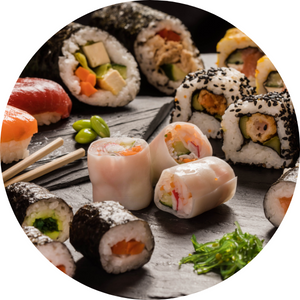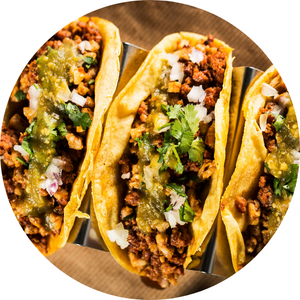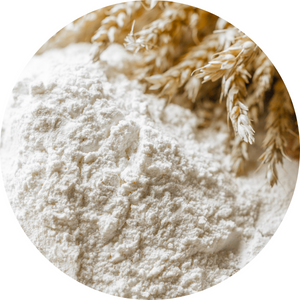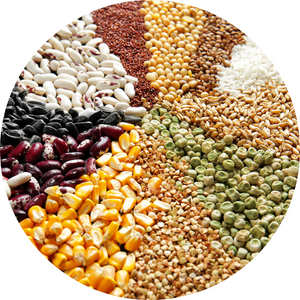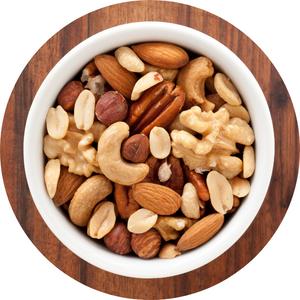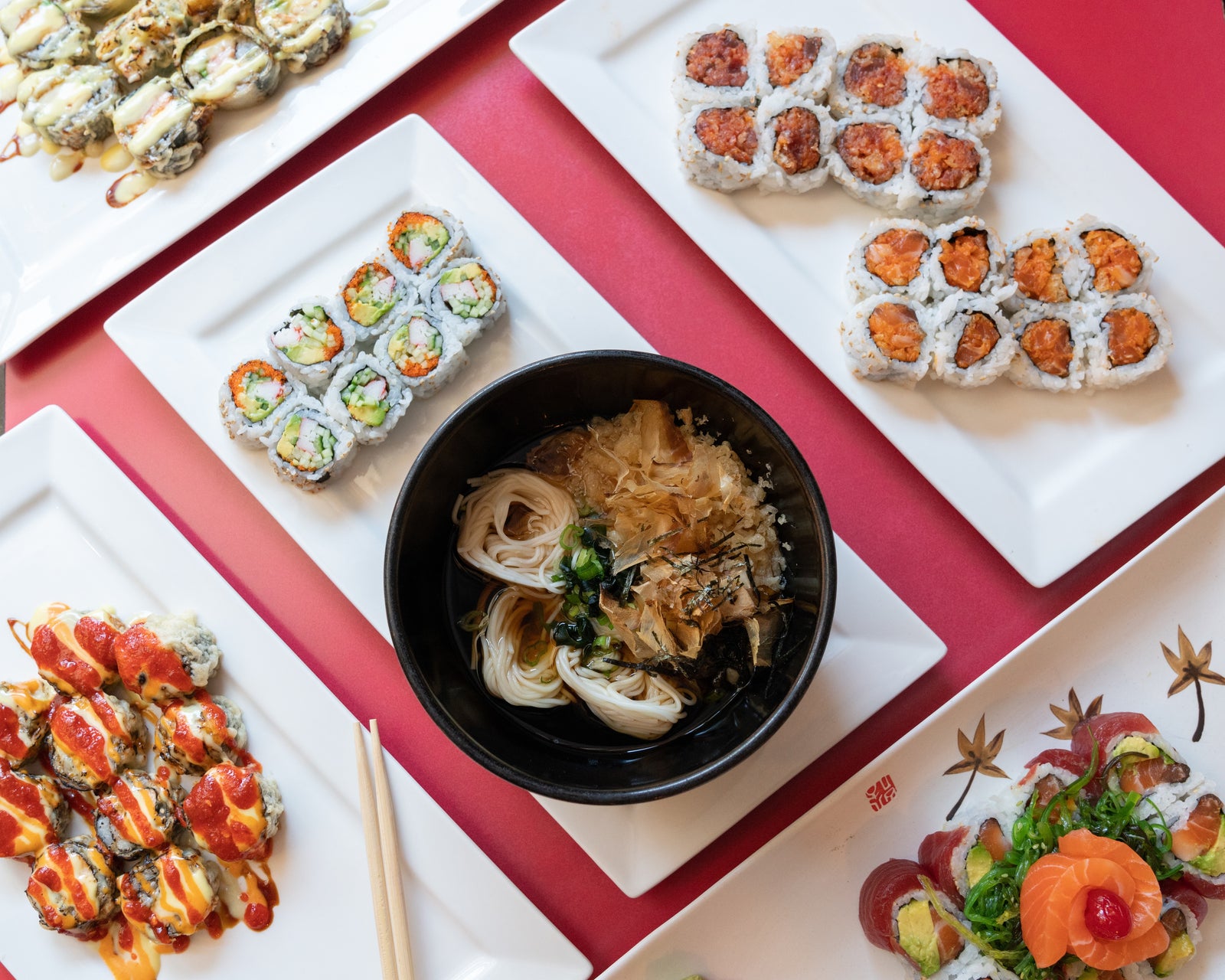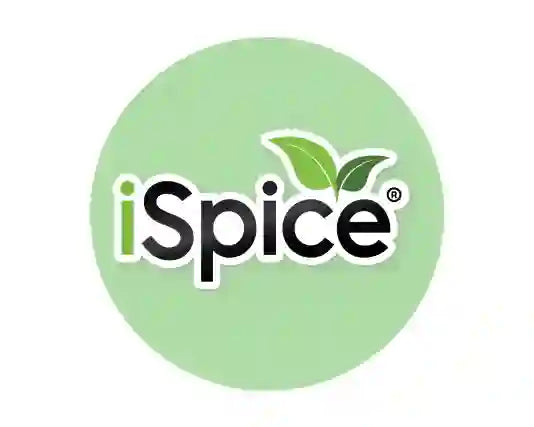
Introduction
Fenugreek, a spice with a rich history and a distinctive aroma, has found its way into kitchens worldwide. In this culinary journey, we will delve into the various global cuisines that embrace fenugreek's unique flavor and health benefits. Join us as we explore how this humble spice adds depth and complexity to dishes from different corners of the globe.
The Versatility of Fenugreek
Fenugreek, scientifically known as Trigonella foenum-graecum, is a plant that bears seeds commonly used as a spice. These small, golden-brown seeds have a slightly bitter taste and a warm, nutty aroma. The spice is known for its culinary and medicinal properties, making it an essential ingredient in numerous global cuisines.
Indian Cuisine: Aromatic Curries
In India, fenugreek, locally known as "methi," is a staple spice. It plays a crucial role in creating the distinctive flavors of Indian curries. Whether it's butter chicken, saag paneer, or a fiery vindaloo, fenugreek adds a unique depth of flavor and a hint of bitterness that balances the richness of Indian dishes.
Ethiopian Cuisine: Flavorful Stews
Ethiopian cuisine is renowned for its diverse and flavorful stews, known as "wats." Fenugreek seeds, known as "abesh," are a common spice used in these aromatic stews. They contribute to the complex and exotic taste that characterizes Ethiopian cuisine, making dishes like "doro wat" and "shiro" truly unforgettable.
Middle Eastern Cuisine: Spiced Delights
In Middle Eastern cuisine, fenugreek is often used in spice blends like "za'atar," alongside sesame seeds and sumac. These aromatic blends are sprinkled on flatbreads and used to season various dishes. Fenugreek's earthy undertones elevate the taste of dishes like falafel, hummus, and kebabs.
North African Cuisine: A Tagine Twist
Moroccan cuisine frequently incorporates fenugreek in spice blends for tagines and couscous dishes. The spice adds a subtle, slightly sweet flavor to the savory tagines, creating a harmonious balance of taste that is truly emblematic of Moroccan cooking.
Southeast Asian Cuisine: Curry Pastes
In Southeast Asia, fenugreek is an essential component of curry pastes. Countries like Thailand and Indonesia use it to create fragrant and flavorful curries. The spice melds seamlessly with coconut milk, lemongrass, and other aromatic ingredients, resulting in dishes that are both comforting and exotic.
Mediterranean Cuisine: Herbal Magic
Mediterranean cuisine embraces fenugreek in various forms, from seeds to fresh leaves. The leaves, known as "methi leaves" or "fenugreek greens," are used in salads and as a garnish. The seeds are often included in bread recipes, giving them a delightful nutty flavor.
African and Caribbean Cuisine: A Spice of Life
Fenugreek leaves a mark on the cuisines of Africa and the Caribbean as well. In dishes like "ackee and saltfish" in Jamaican cuisine and "berbere" spice mix in Ethiopian cuisine, fenugreek adds layers of complexity, enhancing the overall dining experience.
European Cuisine: A Hidden Gem
Even in European cuisines, fenugreek occasionally makes a surprise appearance. In Scandinavian countries, it is used in pickling spices, while in Central Europe, it may find its way into certain sausages and bread recipes. Its versatility knows no bounds.
The Health Benefits of Fenugreek
Beyond its culinary applications, fenugreek boasts several health benefits. It has been used for centuries in traditional medicine for its potential to lower blood sugar levels, reduce inflammation, and aid digestion. Including fenugreek in your diet can be a flavorful way to boost your well-being.
FAQs
Q: Is fenugreek the same as methi? A: Yes, fenugreek is commonly known as "methi" in India, and both terms refer to the same spice.
Q: How do I use fenugreek leaves in cooking? A: Fenugreek leaves can be used fresh in salads or as a garnish for various dishes. They have a slightly bitter taste and add a unique flavor to your meals.
Q: Can fenugreek help with diabetes management? A: Some studies suggest that fenugreek may help lower blood sugar levels, but it's essential to consult a healthcare professional for personalized advice.
Q: Where can I buy fenugreek seeds? A: Fenugreek seeds are readily available in most grocery stores and online spice shops.
Q: What are the potential side effects of consuming fenugreek? A: While fenugreek is generally safe when used in moderation, excessive consumption may lead to digestive issues. It's best to use it in recommended quantities.
Q: Are there any culinary tips for using fenugreek? A: When using fenugreek seeds, it's a good practice to lightly roast them before grinding to enhance their flavor.
Conclusion
Exploring the various global cuisines that use fenugreek reveals the spice's incredible versatility and ability to enhance dishes from India to the Caribbean and beyond. Whether you're savoring the aromatic curries of India or the hearty stews of Ethiopia, fenugreek adds a unique touch to every cuisine it graces. So, don't hesitate to sprinkle some fenugreek into your culinary adventures and discover the world of flavors it unlocks.
Alert: While spices can have many beneficial properties for health, using them for medical purposes should be done under the guidance and supervision of a healthcare professional or specialist. Some spices may interact with medications or cause adverse reactions in certain individuals, and it is important to use them safely and appropriately. If you are considering using spices for a medical condition, it is important to consult with a healthcare professional before doing so.

